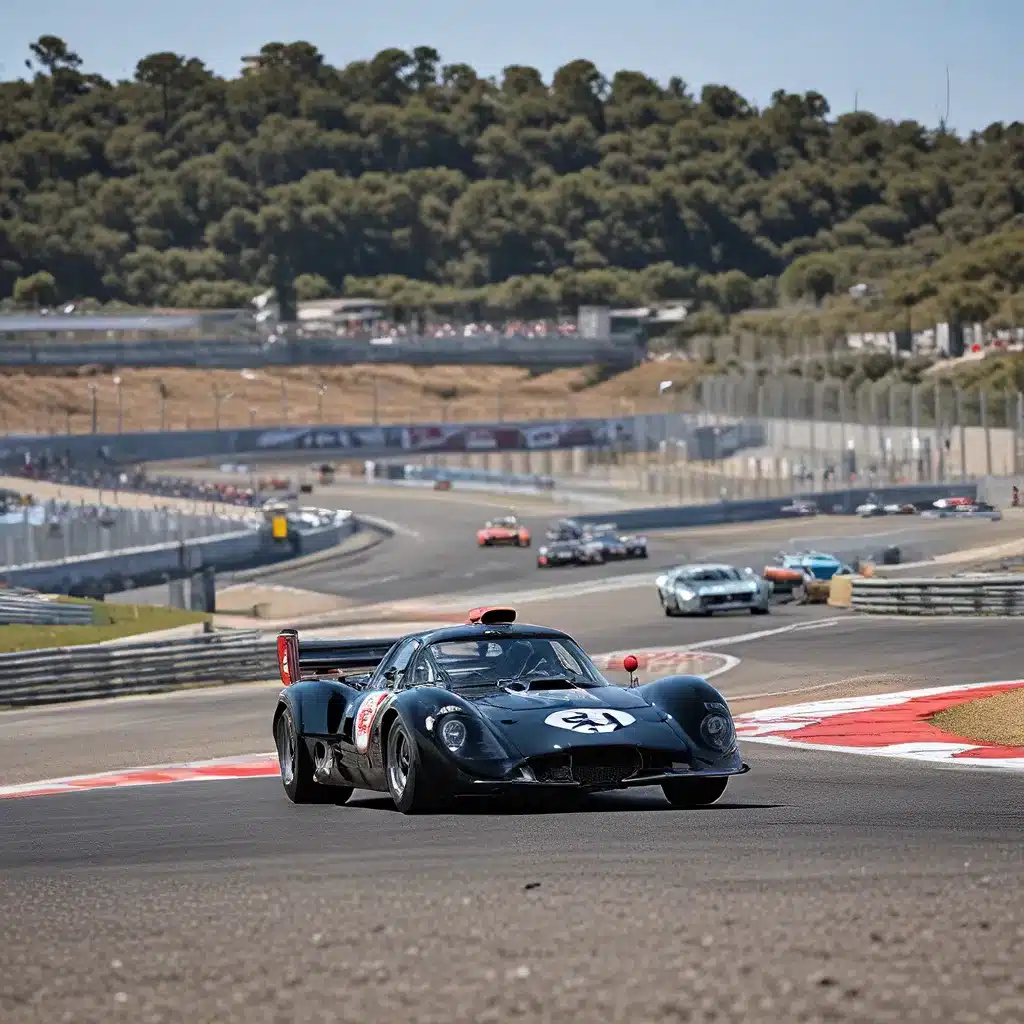
The Legendary Circuit
The Circuit Paul Ricard, located in the picturesque town of Le Castellet in the south of France, is a name that has long been synonymous with the rich history and thrilling action of motorsports. This iconic racing circuit, nestled amidst the stunning landscapes of the French Riviera, has captivated racing enthusiasts and casual fans alike for decades.
Opened in 1970, the Circuit Paul Ricard was the brainchild of Paul Ricard, a French businessman and motorsports enthusiast who envisioned a world-class racing facility that would push the boundaries of automotive performance. Ricard’s vision was to create a circuit that would challenge the best drivers in the world, while also providing a stunning backdrop for the high-octane spectacle.
Over the years, the Circuit Paul Ricard has hosted some of the most prestigious motorsports events, including the French Grand Prix of Formula One. The circuit’s unique design, featuring a variety of challenging turns, elevation changes, and long straights, has made it a true test of a driver’s skill and the engineering prowess of their vehicles.
The Circuit’s Design and Challenges
The Circuit Paul Ricard is a true masterpiece of motorsports engineering, designed to push the limits of both man and machine. The circuit’s layout is characterized by its diverse range of corners, including tight hairpins, sweeping curves, and high-speed straights that allow drivers to reach blistering speeds.
One of the most striking features of the Circuit Paul Ricard is its use of the “Blue Zone”, a unique section of the track where the asphalt is painted in a distinctive blue color. This blue zone is designed to simulate wet or slippery conditions, forcing drivers to adjust their driving style and test the limits of their vehicles’ grip and handling.
The circuit’s complex layout also features several elevation changes, which can significantly impact a driver’s braking and cornering abilities. The long, sweeping curves leading into the circuit’s main straightaways demand precise throttle control and razor-sharp reflexes, making the Circuit Paul Ricard a true test of a driver’s mettle.
The Circuit’s Storied History
The Circuit Paul Ricard has a rich and storied history, having played host to some of the most iconic moments in motorsports. From the early days of the French Grand Prix to the modern era of Formula One, this circuit has witnessed the triumphs and heartbreaks of racing’s greatest legends.
One of the most memorable moments in the circuit’s history was the 1990 French Grand Prix, which saw Ayrton Senna and Alain Prost engage in a fierce battle for the lead, ultimately resulting in a collision that became one of the most talked-about incidents in Formula One history.
In more recent years, the Circuit Paul Ricard has undergone a series of upgrades and renovations, ensuring that it remains a world-class facility that can keep pace with the rapidly evolving demands of modern motorsports. The introduction of new safety features and the ongoing refinement of the circuit’s layout have solidified its reputation as one of the most challenging and thrilling racing venues in the world.
The Circuit’s Impact on the Region
The Circuit Paul Ricard has not only become a mecca for motorsports enthusiasts but has also had a profound impact on the surrounding region. The influx of racing fans, teams, and media has fueled the local economy, with the circuit serving as a major driver of tourism and economic development in the area.
The Circuit’s proximity to the French Riviera has also made it a popular destination for those seeking to combine their love of racing with the stunning natural beauty of the Mediterranean coastline. Visitors can explore the picturesque towns, indulge in the region’s renowned cuisine, and soak in the rich cultural heritage that is so deeply woven into the fabric of the French Riviera.
In addition to its economic impact, the Circuit Paul Ricard has also played a vital role in fostering the growth and development of motorsports in France. The facility’s state-of-the-art infrastructure and world-class facilities have attracted some of the best racing teams, engineers, and drivers from around the globe, helping to cultivate a thriving motorsports ecosystem in the region.
The Circuit’s Future and Legacy
As the motorsports world continues to evolve, the Circuit Paul Ricard remains at the forefront of innovation and excellence. The circuit’s owners and operators are constantly exploring ways to enhance the fan experience, improve safety, and push the boundaries of what is possible in the world of racing.
One exciting development on the horizon is the potential for the Circuit Paul Ricard to host electric vehicle races, as the industry continues to shift towards more sustainable and environmentally-friendly technologies. This move would not only cement the circuit’s status as a leader in the field of motorsports but would also reflect the growing global focus on sustainability and environmental responsibility.
Regardless of what the future holds, one thing is certain: the Circuit Paul Ricard will continue to be a shining beacon for motorsports enthusiasts around the world. Its stunning setting, challenging layout, and rich history have cemented its place as one of the most iconic racing venues on the planet, and it is sure to inspire generations of racers and fans for years to come.
So, whether you’re a seasoned motorsports aficionado or simply someone with a passion for adventure and exploration, a visit to the Circuit Paul Ricard is an experience that should not be missed. Step into the world of high-speed thrills, breathtaking scenery, and the timeless allure of the French Riviera – and discover for yourself the magic of this legendary racing circuit.
